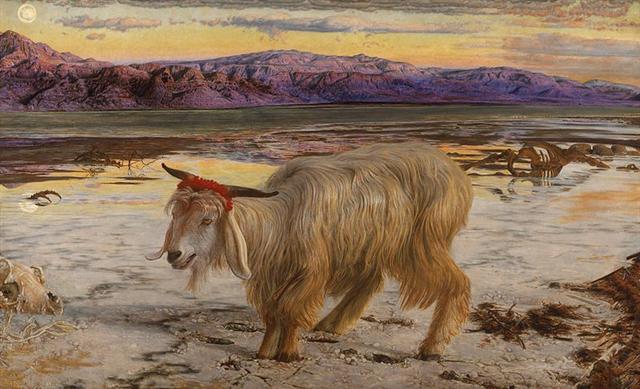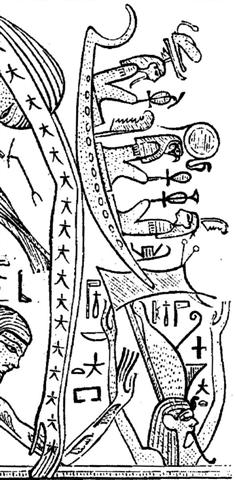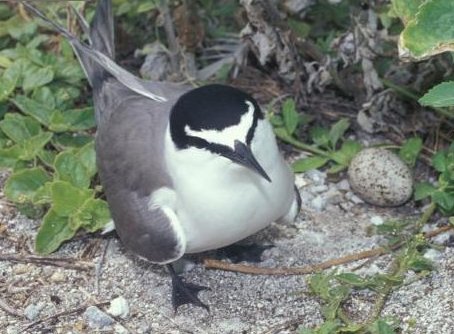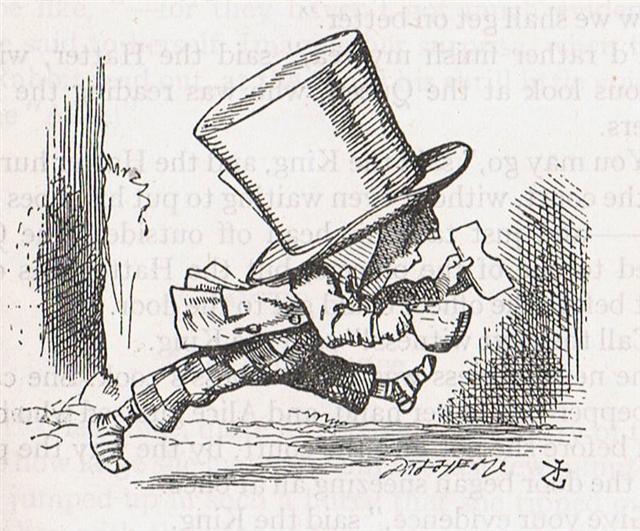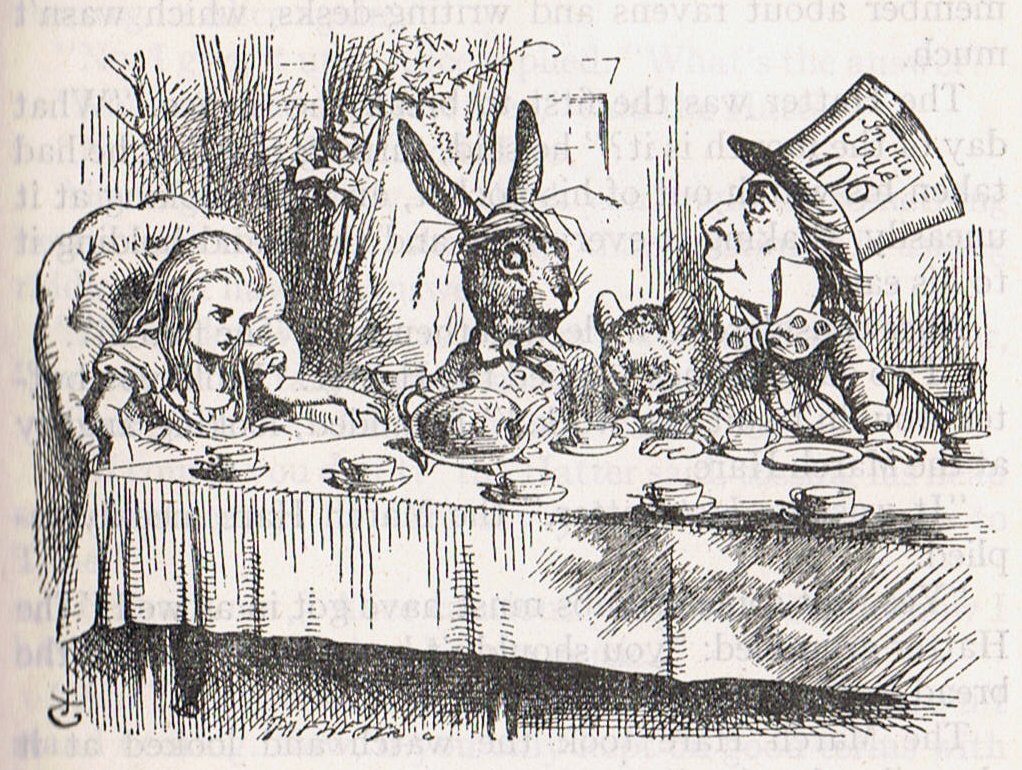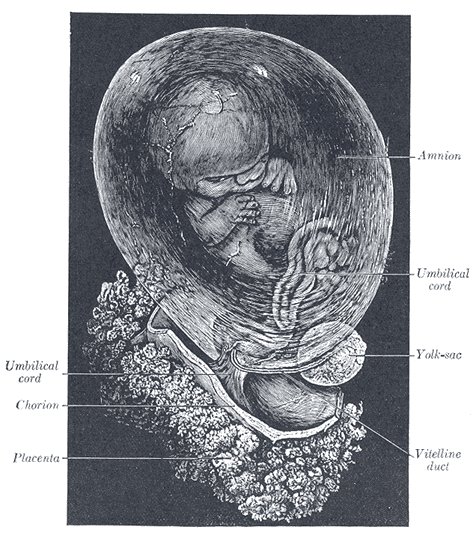The 1st of the 20 Babylonian ecliptic stations (1-iku at Anuninum) and likewise the 20th and last of them Sa-Sha-Shirū (the Virgin's Girdle at Spica) were not like 'stepping stones' for the Sun but more like apertures for him - an entrance in the northeast respectively an exit in the southwest. Hiki kioe (the Tail of the Rat) evidently had 6 'pointers' above the surface of the earth, whereas its roots (descendants, tail feathers) were eaten in times of famine (winter):
Maui had an incantation called Hiki for drawing up heavy things: ... The brothers of Maui sat trembling in the middle of the canoe, fearing for their lives. For now the water was frothing and heaving, and great hot bubbles were coming up, and steam, and Maui was chanting the incantation called Hiki, which makes heavy weights light. At length there appeared beside them the gable and thatched roof of the house of Tonganui, and not only the house, but a huge piece of the land attached to it. The brothers wailed, and beat their heads, as they saw that Maui had fished up land, Te Ika a Maui, the fish of Maui. And there were houses on it, and fires burning, and people going about their daily tasks. Then Maui hitched his line round one of the paddles laid under a pair of thwarts, and picked up his maro, and put it on again ... To dance ahead outside in the Sun light on flat stepping stones was named hikiga haúga and this should have taken place when the Winter Goat had been driven away:
The first of these 'flagstones' could possibly have been at the Face of Ku (Mahrū-sha-rishu-ku) - at the First Point of Aries - which in rongorongo times happened to be at day 107 counted from January 1, a number equal to the difference between the number of glyphs on the G tablet and 4 * 91, between 1½ * 314 and 364, or between 8 * 59 and 365 - the number of glyph positions on the tablet respectively the number of days in a year. However, the Foundation Stone (Temennu) came later than the head of Ku, viz. at Alcyone.
.. We often see the assertion that our title is in no way connected with Άλκυών, the Halcyon, that 'symbolic or mystical bird, early identified with the Kingfisher', the ornithological Alcedo or Ceryle; so that although the myth of the Halcyon Days, that 'clement and temperate time, the nurse of the beautiful Halcyon', - When birds of calm sit brooding on the charmed wave, is not yet understood, some of Thompson's conjectures as to its stellar aspect will be found interesting. He writes that the story originally referred to some astronomical phenomenon, probably in connexion with the Pleiades, of which constellation Alcyone is the principal star. In what appears to have been the most vigorous period of ancient astronomy (not later than 2000 B.C., but continuing long afterwards to influence legend and nomenclature) the sun rose at the vernal equinox, in conjunction with the Pleiad, in the sign Taurus: the Pleiad is in many languages associated with bird-names ... and I am inclined to take the bird on the bull's back in coins of Eretria, Dicaea, and Thurii for the associated constellation of the Pleiad ... Suidas definitely asserts that the Pleiades were called Άλκυόνες. At the winter solstice, in the same ancient epoch, the Pleiad culminated at nightfall in mid-heaven ... This culmination, between three and four months after the heliacal rising of the Pleiad in Autumn, was, I conjecture, symbolized as the nesting of the Halcyon. Owing to the antiquity and corruption of the legend, it is impossible to hazard more than a conjecture; but that the phenomenon was in some form an astronomic one I have no doubt. ... It culminates on the 31st of December ... Let's now count ahead 107 - 80 - 16 = 11 glyphs from Anunitum in order to 'cover the ground' to where the Front of the Head of Ku should be, viz. at Sheratan (β Arietis):
The name The First Point of Aries could explain the tail point at front bottom of vaha mea in Gb7-25 (where 72 * 5 = 360) - drawn out like a long thorn (tara) for piercing the black cloth of night:
...Up the tallest trees he caused the birds and climbing animals to ascend, and as for the animals that could not climb and were not amphibious, he shut them in a cave with a very narrow entrance, and having sealed up the mouth of it with wax he gave the animals inside a long thorn with which to pierce the wax and so ascertain when the water had subsided ...
At the complementary side was moe in Ga6-6. In rongorongo times this sleepy (moe) bird was in day 290 (October 17) whereas vaha mea tara was in April 17 (107). In the evening respectively at dawn. South of the equator April 17 was though not at the dawn of summer but at its evening, which probably means we should understand the text as observed from a place north of the equator (on Easter Island as reflected in the star positions close to the Full Moon).
... 'Tell us a story!' said the March Hare. 'Yes, please do!' pleaded Alice. 'And be quick about it', added the Hatter, 'or you'll be asleep again before it's done.' 'Once upon a time there were three little sisters', the Dormouse began in a great hurry: 'and their names were Elsie, Lacie, and Tillie; and they lived at the bottom of a well — ' 'What did they live on?' said Alice, who always took a great interest in questions of eating and drinking. 'They lived on treacle,' said the Dormouse, after thinking a minute or two. 'They couldn't have done that, you know', Alice gently remarked. 'They'd have been ill.' 'So they were', said the Dormouse; 'very ill'. Alice tried a little to fancy herself what such an extraordinary way of living would be like, but it puzzled her too much: so she went on : 'But why did they live at the bottom of a well?' 'Take some more tea [= t as in duration of time]', the March Hare said to Alice, very earnestly. 'I've had nothing yet', Alice replied in an offended tone: 'so I can't take more'. 'You mean you can't take less', said the Hatter: 'it's very easy to take more than nothing'. 'Nobody asked your opinion', said Alice. 'Who's making personal remarks now?' the Hatter remarked triumphantly.
Alice did not quite know what to say to this: so she helped herself to some tea and bread-and-butter, and then turned to the Dormouse, and repeated her question. 'Why did they live at the bottom of a well?' The Dormouse again took a minute or two to think about it, and then said 'It was a treacle-well.' 'There's no such thing!' Alice was beginning very angrily, but the Hatter and the March Hare went 'Sh! Sh!' and the Dormouse sulkily remarked 'If you ca'n't be civil, you'd better finish the story for yourself.' 'No, please go on!' Alice said very humbly. 'I wo'n't interrupt you again. I dare say there may be one.'
'One, indeed!' said the Dormouse indignantly. However, he consented to go on. 'And so these three little sisters - they were learning to draw, you know —' 'What did they draw?' said Alice, quite forgetting her promise. 'Treacle', said the Dormouse, without considering at all, this time. 'I wan't a clean cup', interrupted the Hatter: 'let's all move one place on.' He moved as he spoke, and the Dormouse followed him: the March Hare moved into the Dormouse's place, and Alice rather unwillingly took the place of the March Hare. The Hatter was the only one who got any advantage from the change; and Alice was a good deal worse off than before, as the March Hare had just upsed the milk-jug into his plate ...
In Roman times, 27 precessional days earlier, the Front of the Head of Ku had emerged at spring equinox (0h), while the moe bird had been at the Sun in 'September 20 (*183). The preceding day the Sun had been at Polaris and 182 days later the Sun would be at Benetnash, stars in Ursa Minor respectively in Ursa Major, the Little Bear and the Great Bear. The Little one should be the younger one. ... Another name for the Goddess of the Mill was Artemis Calliste, or Callisto ('Most Beautiful'), to whom the she-bear was sacred in Arcadia; and in Athens at the festival of Artemis Brauronia, a girl of ten years old and a girl of five, dressed in saffron-yellow robes in honour of the moon, played the part of sacred bears. The Great She-bear and Little She-bear are still the names of the two constellations that turn the mill around. In Greek the Great Bear Callisto was also called Helice, which means both 'that which turns' and 'willow-branch' - a reminder that the willow was sacred to the same Goddess ... Benetnash means the leader of the mourning daughters of the bier, i.e. someone had died: ... The name [Benetnash] derives from the Arabic phrase meaning 'The leader of the daughters of the bier'. The daughters of the bier, i.e. the mourning maidens, are the three stars of the handle of the Big Dipper, Alkaid, Mizar, and Alioth; while the four stars of the bowl, Megrez, Phecda, Merak, and Dubhe, are the bier ... At Spica the path of the Sun was over. The Babylonian ecliptic stations did not continue beyond the Virgin's Girdle.
Instead there had to be some way up again to the beginning of the cycle. In the center of the Pegasus Square (around the DECEMBER solstice where time moved slowly like treacle) there was a well:
... However, at the time of Bharani the last day of the Old Sun cycle could have been "February 23 (a day which later in Roman times was named Terminalia). This point in the calendar could perhaps reflect an understanding of how precession had moved the beginning of the year ahead since the time of the Babylonians. 54 ("February 23) - 31 (JANUARY 31) = 23. But JANUARY could then have been the last month of the old year for the Babylonians. Possibly they used the nakshatra method and found Apami-Atsa (θ Virginis) close to the Full Moon, corresponding in Babylonian times to day 214 (AUGUST 2) - i.e. 'a day for all hearts'. ... Apami-Atsa ('Child of Waters', θ Virginis) at 13h maybe should be contrasted with Apam Napat ('Grandson of Waters'): ... θ ... is on the front of the garment, below the girdle ... Moderns have no name for it, but in the Surya Siddhanta it was Apami-Atsa, the Child of the Waters ... ... Apam Napat is an eminent figure of the Indo-Iranian pantheon. In Hinduism, Apām Napāt is the god of fresh water, such as in rivers and lakes. In Zoroastrianism, Apąm Napāt is also a divinity of water ... Apām Napāt in Sanskrit and Apąm Napāt in Avestan mean 'grandson of waters' ... Sanskrit and Avestan napāt ('grandson') are cognate to Latin nepōs and English nephew, but the name Apām Napāt has also been compared to Etruscan Nethuns and Celtic Nechtan and Roman Neptune. In Yasht 19 of the Avesta Apąm Napāt appears as the Creator of mankind. Here, there is an evident link between the glory of sovereignty (Khvarenah) and Apąm Napāt who protects Khvarenah as the royal glory of Iranian kings. Apām Napāt is sometimes, for example in Rigveda book 2 hymn 35 verse 3, described as a fire-god who originates in water ...The reference to fire may have originally referred to flames from natural gas or oil seepages surfacing through water, as in a fire temple at Surakhany near Baku in Azerbaijan ... There is a conjecture that the word 'naphtha' came (via Greek, where it meant any sort of petroleum) from the name 'Apampat' ... ... The name Salm (for τ Pegasi, Kerb) is also the name of the eldest son of king Fereydun, another name of which was Apam Napat ('Son of Waters'): Salm is a character in the Persian epic Shahnameh. He is the oldest son of [the] legendary hero and king Fereydun. It is believed that his name was given to him by his father, after Salm chooses to seek safety and run instead of fighting the dragon that had attacked him and his brothers (the dragon was Fereydun himself who had disguised himself to test his sons) ... When Fereydun decides to divide his kingdom among his sons, he gives Salm [the timid unmanly one] Anatolia and West [the female side of the kingdom] ... Fereydūn ... [is] also called Apam Napat, 'Son of the Waters' ... ... τ, 4.5, with ν, was Al Sufi's Sa'd al Na'amah, which Knobel thinks should be Al Na'āim, the Cross-bars over a well; but they also were known as Al Karab, the Bucket-rope. The usual titles for τ - Markab and Sagma or Salma - are from Bayer, but the last two should be Salm, a Leathern Bucket ...
|
|||||||||||||||||||||||||||||||||||||||||||||||||||||||||||||||||||||||||||||||||||||||||||||||||||||||||||||||||||||||||||||||||||||||||||||||||||||||||||||||||||||||||||||||||||||||||||||||||||||||||||||||||||||||||||||||||||||||||||||||||||||||||||||||||||||||||||||

